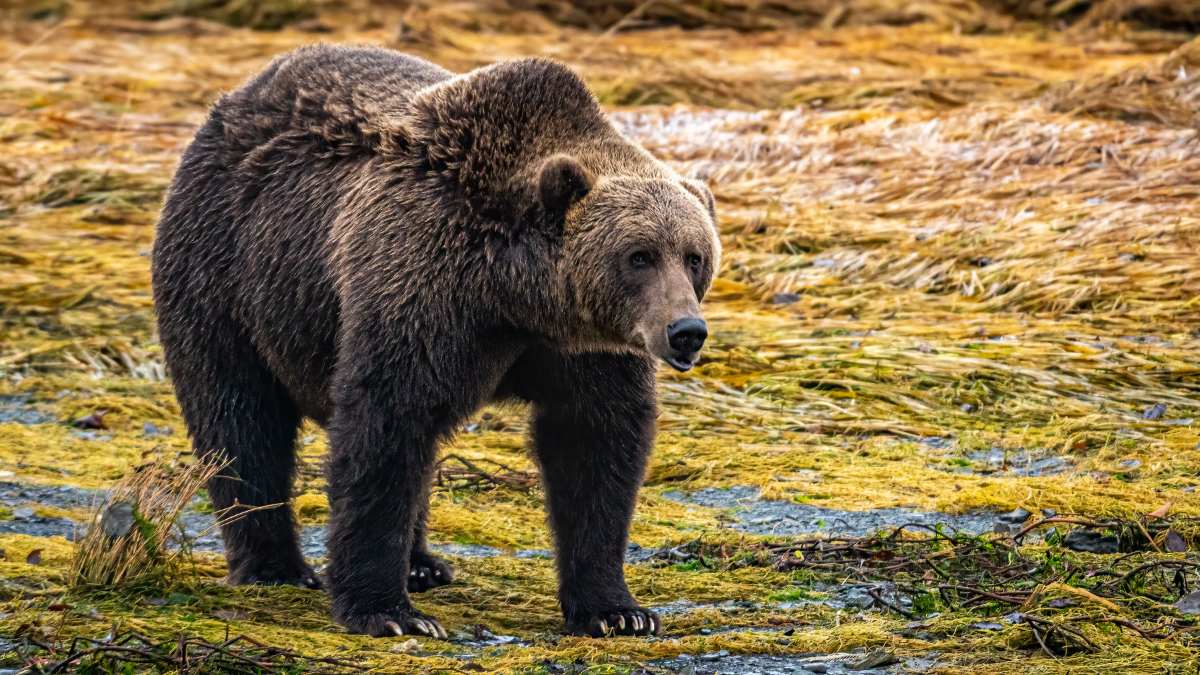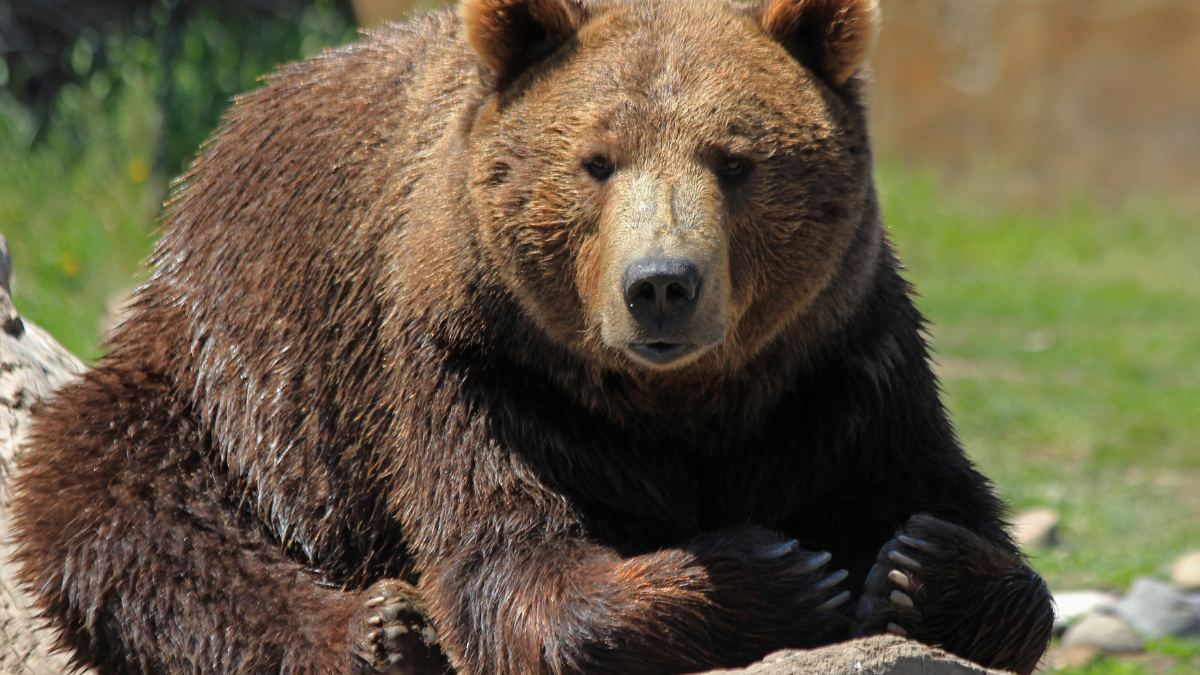Largest bear species: Bears are among the most powerful and fascinating animals on Earth. Known for their immense strength, adaptability, and intelligence, these mammals have managed to survive in some of the harshest environments, from icy Arctic regions to dense tropical forests. Their large, muscular bodies, strong jaws, and sharp claws make them excellent hunters and survivors. While most people think of bears as similar in size and behavior, the truth is that different bear species vary greatly in terms of weight, height, and habits.
Some species, like the Polar Bear, can weigh as much as a small car and stand over 10 feet tall, while others, such as the Sloth Bear, are much smaller but uniquely adapted to their warm habitats. This diversity highlights how each species has evolved differently to suit its environment.
Check out: List of 9 Longest Fishes in the World: Ranked
Top 10 Largest Bear Species
Look at the ten largest bear species in the world, ranked by their average size and weight.
| Species | Average Weight | Height |
| Polar Bear (Ursus maritimus) | 770–1,500 lbs | 7'10" – 9'10" |
| Kodiak Bear (Ursus arctos middendorffi) | 660–1,320 lbs | 8' – 9'10" |
| Kamchatka Brown Bear (Ursus arctos beringianus) | Up to 1,430 lbs | 7'11" – 9'9" |
| Ussuri Brown Bear (Ursus arctos lasiotus) | Around 880 lbs | 6' – 9' |
| Grizzly Bear (Ursus arctos horribilis) | 400–790 lbs | 6'5" – 9' |
| Eurasian Brown Bear (Ursus arctos arctos) | 550–660 lbs | Up to 8'3" |
| American Black Bear (Ursus americanus) | 126–551 lbs | 3'11" – 6'7" |
| Spectacled Bear (Tremarctos ornatus) | 220–440 lbs | 3'11" – 6'5" |
| Asiatic Black Bear (Ursus thibetanus) | 130–440 lbs | 3'11" – 6'4" |
| Sloth Bear (Melursus ursinus) | 176–320 lbs | 4'7" – 6'3" |
1. Polar Bear (Ursus maritimus)

The Polar Bear is recognized as the world's largest bear species and holds the title of the largest land carnivore globally, primarily inhabiting the Arctic Circle, including areas in Greenland, Canada, and Alaska. Adult males typically weigh between 770 and 1,500 pounds, while females are smaller, weighing 330–550 pounds (though up to 1,100 pounds when pregnant). Standing between 7'10" and 9'10" tall, these bears are expert swimmers that primarily prey on seals. They are exceptionally well-adapted to their freezing environment due to a thick layer of fat and dense fur; notably, the largest polar bear ever recorded was an immense 2,209 pounds and stood 11 feet tall.
2. Kodiak Bear (Ursus arctos middendorffi)

The Kodiak Bear) , a distinct subspecies of the Brown Bear, is found exclusively on the Kodiak Archipelago of Alaska and ranks among the largest bears globally, comparable in size only to the Polar Bear. These massive animals typically weigh between 660 and 1,320 pounds, but can reach 1,656 pounds in the wild, standing impressively between 8 and 9'10" tall. Their diet is varied, including salmon, berries, and seaweed, and despite their immense size, Kodiak Bears are generally solitary and maintain a peaceful nature unless they feel directly threatened.
3. Kamchatka Brown Bear (Ursus arctos beringianus)

The Kamchatka Bear is an enormous Eurasian species, recognized as one of the largest brown bear subspecies, and is native to the Kamchatka Peninsula in Russia. This bear is truly massive, with males potentially weighing up to 1,430 pounds and standing between 7'11" and 9'9" tall. Possessing exceptional strength and endurance, the Kamchatka Bear is a dominant force within its regional wildlife ecosystem, primarily sustaining itself on a diet rich in fish, especially salmon.
4. Ussuri Brown Bear (Ursus arctos lasiotus)

The Ussuri Brown Bear , also referred to as the Black Grizzly, is a large and imposing species primarily found across Eastern Russia, Korea, Japan, and China. Reaching heights of 6' to 9' when standing and averaging around 880 pounds in weight, this bear closely resembles the Kamchatka Bear. It is a powerful and highly versatile omnivore, meaning its diet is diverse, consisting of plants, insects, and various small animals.
5. Grizzly Bear (Ursus arctos horribilis)

The Grizzly Bear is a subspecies of brown bear noted for its imposing size and powerful physique. These formidable animals possess a distinctive shoulder hump, composed of muscle, which aids in their digging and running prowess. Despite their intimidating reputation, their diet is largely omnivorous, consisting of berries, roots, nuts, and insects, though they are also capable and opportunistic apex predators. The Grizzly Bear is a highly recognizable and formidable species native to North America, inhabiting areas across the United States, Canada, and Alaska.
Check out: List of Major Zoos in India
Comments
All Comments (0)
Join the conversation